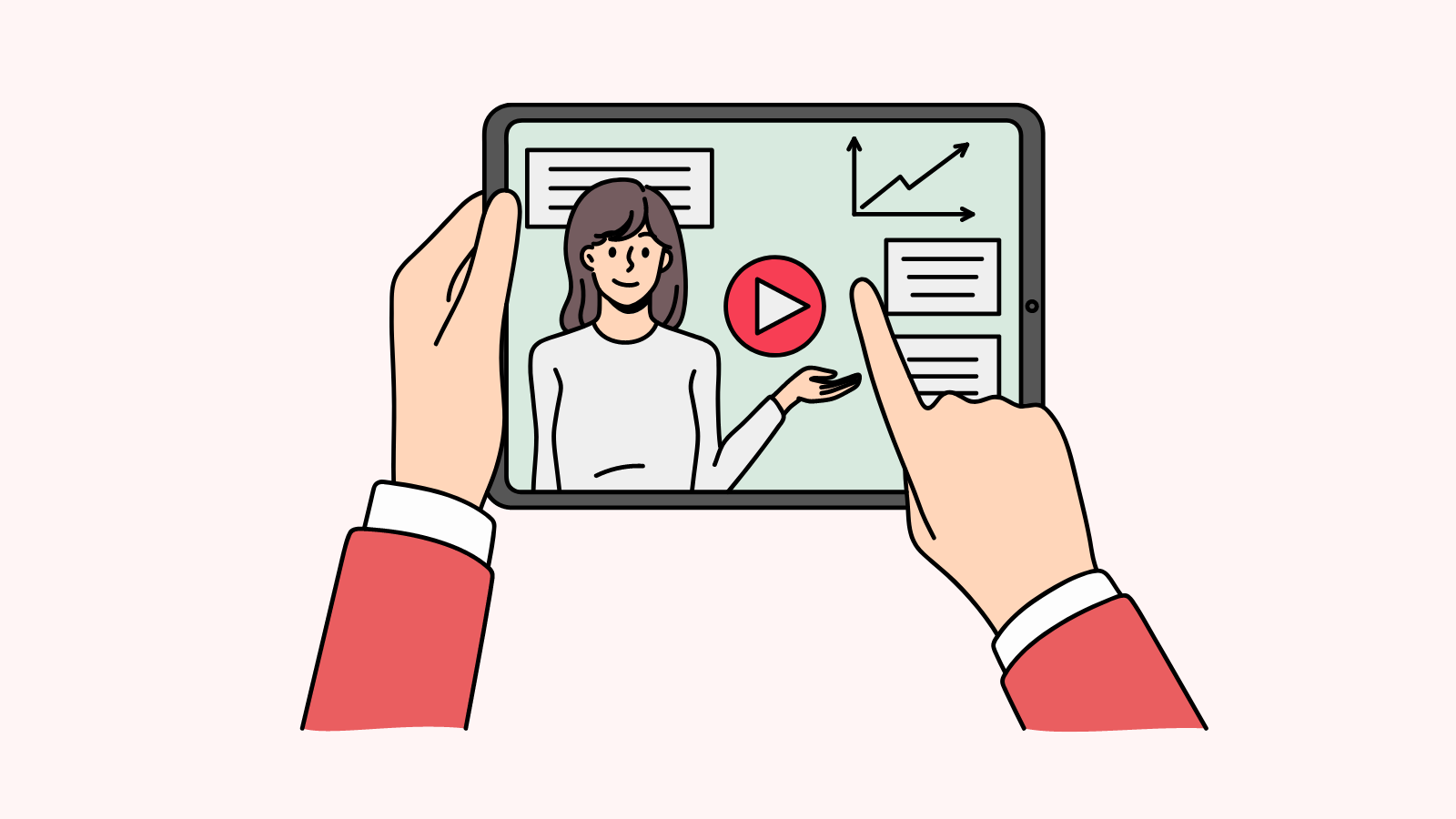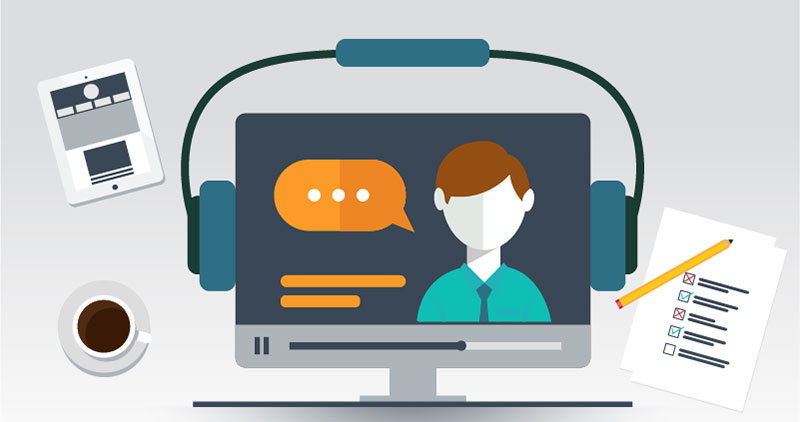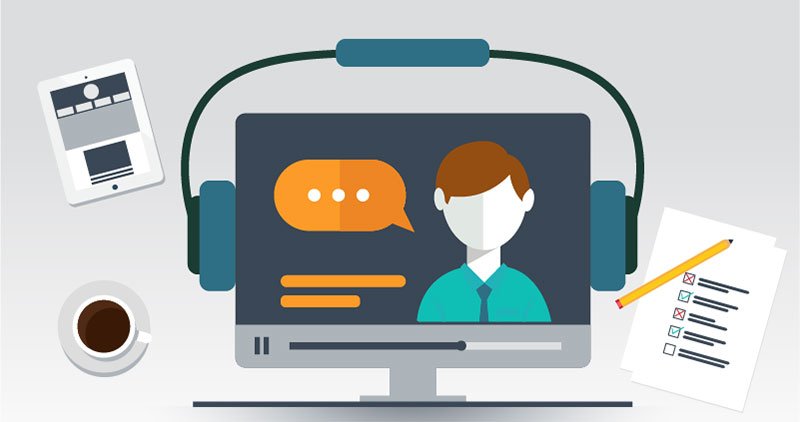Using Live Webinars to Sell Brain Retraining Academy Courses
In the age of digital transformation and attention spans shorter than a goldfish’s memory, live webinars are one of the last authentic ways to connect with your audience in real time. If you’re running a Brain Retraining Academy—whether it’s grounded in neuroplasticity, trauma release, or cognitive fitness—webinars are your secret weapon to drive enrollments, build trust, and deliver real-time value before the first dollar is spent.
At NeuroTechInsider.com, we dive deep into the intersection of brain science and practical tech. But today, we’re talking about a different kind of tool—the power of presence, delivered through well-crafted webinars that inspire learning and conversions.

Why Live Webinars Work for Brain Retraining
If you’ve ever tried explaining how neuroplasticity works over a static blog post or cold email, you know it barely scratches the surface. Webinars change that. They bring the science, energy, and personality to life—and that’s exactly what sells.
Live Interaction Builds Connection
Webinars let your future students see you, hear your tone, and ask questions in real-time. It transforms you from “some course on the internet” to a trusted guide in their personal transformation. This level of engagement is proven to increase course conversions. According to Forbes, live webinars outperform all other formats in building buyer trust.
“People don’t buy courses—they buy transformation. They need to believe you can take them there.”
– NeuroTechInsider.com
Showcase Your Teaching Style
Through video, voice, and screen sharing, you can demo actual techniques from your brain retraining method. Whether it’s a breathing reset, EFT tapping sequence, or a 5-minute visualization, attendees walk away with value, which builds reciprocity and goodwill.
- Demonstrate quick wins live (e.g. 60-second stress reset)
- Use visuals and story-driven slides
- Speak casually, like you’re coaching a friend—not a robot
Pro tip: Use polls and emoji reactions during the session to spark participation. It feels social, not transactional.
Establish Credibility and Trust
We all know online courses are everywhere. But a live event? That’s commitment. Showing up live demonstrates your real-time mastery of the topic. It’s the most authentic way to build authority and eliminate skepticism—especially in the brain wellness space where pseudoscience is rampant.
Consider starting your webinar with:
- Your personal journey—how you discovered brain retraining
- Credentials or experience (without bragging)
- One impressive case study (make it human)
This isn’t about overselling. It’s about showing them you know the path, because you’ve walked it.
Planning a High-Converting Webinar

You don’t need to be a polished speaker or a fancy slide magician to sell a brain retraining course. What you need is a well-thought-out framework that educates, connects, and converts.
Choose the Right Topic
The topic should tackle a burning question your audience is actively Googling or wondering in their head. Think:
- “How to Rewire Your Brain for Anxiety Relief”
- “Neuroplasticity Habits That Actually Stick”
- “Why You Feel Stuck (and How to Break the Cycle Neurologically)”
Your goal: make them say, “Wow, I need this.” The broader the appeal, the more registrants. The more specific the promise, the more conversions.
Structure Your Webinar for Impact
Here’s a simple 6-part webinar formula that high-performing course creators swear by:
- Hook + Rapport: Share your story, and show you “get it.”
- Deliver 1–2 Actionable Lessons: Don’t overwhelm. Teach one concept with clarity.
- Engage with Q&A: Let people talk. Address fears.
- Highlight Student Stories: Real faces, real transformation.
- Offer Your Course: Make a clear, no-pressure pitch.
- Urgency: Bonus only available today? Say it.
People remember how you made them feel—not what you taught. So lean into emotion, not just logic.
Make an Irresistible Offer
Your offer should feel like a gift, not a pitch. Some ideas:
- Instant access to your course + downloadable workbook
- 1-on-1 onboarding call for the first 10 enrollees
- Private group access or Telegram coaching for 30 days
Want to go further? Take a page from Neil Patel’s webinar funnel strategies—his segmentation and urgency tactics are timeless.

Coming up next: we’ll dive into the neuroscience of learning, how to emotionally prime your audience before they even log on, and how to extend the sales window with a killer replay funnel.
Stay tuned for the second half—or subscribe to NeuroTechInsider and get it delivered straight to your inbox.
Brain-Based Learning Techniques for Webinars
Let’s get real—if you’re teaching brain retraining, your webinar needs to reflect the science of how brains actually learn. Just dumping slides and data isn’t going to cut it. People remember what they emotionally connect to, what they do with their hands, and what they teach others right after.
Prime the Brain Before the Webinar
Before your webinar even starts, send your registrants something that activates their interest:
- A quick 1-minute video introducing the topic and asking a thought-provoking question
- A PDF checklist: “Top 5 Signs Your Brain is Wired for Stress”
- An optional pre-webinar journaling prompt
This taps into what psychologists call the “priming effect”, a cognitive bias where the brain is more receptive to related information once activated.
Chunk Content for Better Retention
When you teach live, don’t throw a 30-minute info dump at your audience. Break it up:
- Teach for 7–10 minutes
- Pause and engage: Ask a question or tell a story
- Teach again, then recap
This method of micro-teaching aligns with cognitive load theory and massively boosts retention—something we’ve seen firsthand in our wearable testing too.
Make It Emotional, Make It Stick
Webinars that convert trigger emotions. That might mean sharing a heartfelt student story, inviting vulnerability in the chat, or leading a 90-second emotional regulation exercise.
“Emotion is the fast lane to memory.”
– Dr. Judy Willis, Neurologist & Educator
Use emotional language. Tell the truth. Let your attendees feel seen and safe.

Technical Setup and Webinar Promotion Tips
️ Choose the Right Webinar Platform
Not all platforms are created equal. For brain retraining educators, you want:
- Zoom – reliable, familiar, and easy for guests
- Demio – sleek UX, built-in marketing tools
- WebinarJam – great for larger audiences and built-in urgency features
Make sure your platform supports:
- Screen sharing and slides
- Live chat + Q&A box
- Replay recording
Promote Your Webinar Like a Launch
This is not a “post once and hope” situation. You need a multi-channel campaign:
- Email list (send 3 reminders: 3 days, 1 day, and 1 hour before)
- Instagram Stories and Reels
- Telegram/Slack community (with early bird bonus)
- Partner with other mental health influencers or coaches
Promotional strategy is a science—and you can read more in our detailed guide on how to promote webinars for mental wellness educators.
Follow-Up Funnel: The Webinar Isn’t Over When It Ends
The real conversions happen in the 48 hours post-webinar. This is your second window to close the loop.
Send the Replay with Urgency
Immediately after your session ends:
- Send a thank-you email + replay link
- Include a “limited time” bonus expiring in 48 hours
- Use a countdown timer if possible (it works!)
Example subject lines:
- “ Replay Inside: Your Brain Can Change—Here’s How”
- “⏰ 48 Hours Left to Grab Your Brain Retraining Bundle”
Add Value in Your Follow-Up Emails
Don’t just sell—educate. Each follow-up email should offer value while also gently pointing to your offer:
- Email 1: Webinar recap + 1 student story
- Email 2: Overcome common objection (e.g., “I’m too busy for brain retraining”)
- Email 3: Final reminder + what happens if they don’t take action
Bonus: Add testimonials from other students who took the leap.
Webinar Structure Cheat Sheet
| Segment | Purpose |
|---|---|
| Welcome & Intro | Build rapport, share your “why” |
| Teaching | Deliver 1 actionable brain-based insight |
| Interactive Q&A | Address objections, connect |
| Testimonials | Build trust through stories |
| Course Offer | Highlight transformation + bonuses |
| Closing CTA | Encourage immediate action |
Frequently Asked Questions
How long should a brain retraining webinar be?
Keep it between 45 and 60 minutes. That’s the sweet spot for attention and engagement. Anything longer risks fatigue unless it’s deeply interactive.
Do I need to show my face on camera?
Yes. People don’t just buy your course—they buy YOU. Eye contact, facial expressions, and your tone all help build trust faster than slides ever could.
What if no one shows up live?
It happens. But if you’ve recorded the session, you still have value. Send the replay, optimize your email funnel, and learn from the turnout. Success is iterative.
Final Thoughts: From Live to Enrolled
At the end of the day, webinars aren’t just marketing tools—they’re containers for transformation. Done right, they offer your audience a glimpse into their future self, guided by your framework and support.
If you’re in the brain wellness space and haven’t hosted a webinar yet—this is your sign. Trust yourself. You don’t need to be perfect. You just need to show up, serve, and speak from the heart.
For more tactical breakdowns of the science behind learning, engagement, and behavioral change—explore our latest articles at NeuroTechInsider.com, where neuroscience meets no-BS tech strategy.
✨ Want a custom step-by-step webinar launch checklist? Contact us and we’ll send you one free. Let’s get your brain-based message out into the world.
